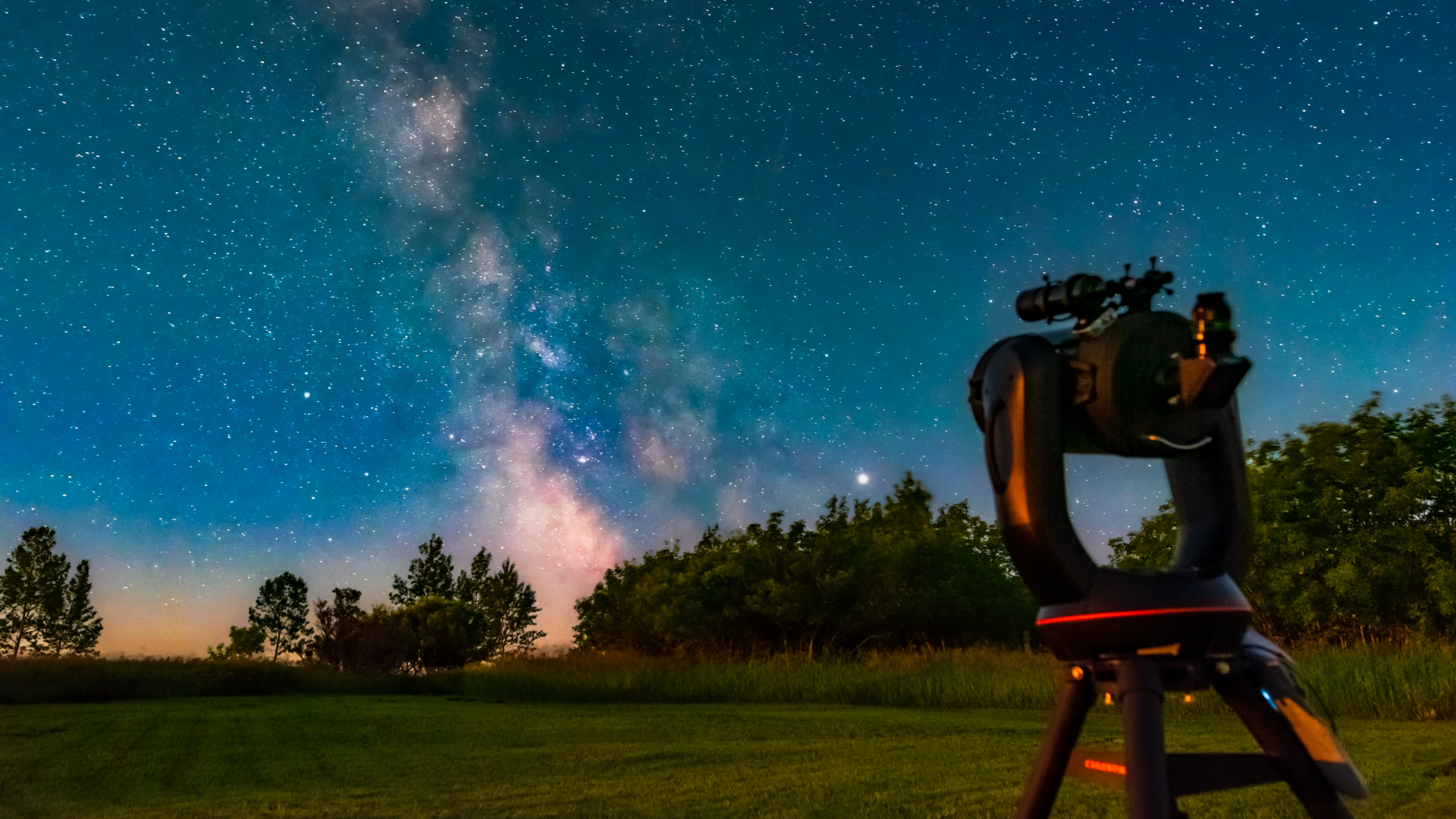India Delays Chandrayaan-2 Moon Lander Launch Over 'Technical Snag'
India has postponed the launch of Chandrayaan-2 — its biggest moon mission yet — due to a technical glitch that arose less than an hour before liftoff, the country's space agency said today.
The Indian Space Research Organisation called off the launch of Chandrayaan-2, a mission to send an orbiter, lander and rover to explore the moon's south pole, about 56 minutes before liftoff. The mission was scheduled to launch from ISRO's Satish Dhawan Space Centre in Sriharikota today (July 14) from at 5:21 p.m. EDT (2121 GMT). It was early Monday local time when officials scrubbed the launch try.
"A technical snag was observed in launch vehicle system at 1 hour before the launch. As a measure of abundant precaution, Chandrayaan-2 launch has been called off for today," ISRO officials wrote in a Twitter status update. "[A] revised launch date will be announced later."
Related: The Science of India's Audacious Chandrayaan-2 Moon Mission
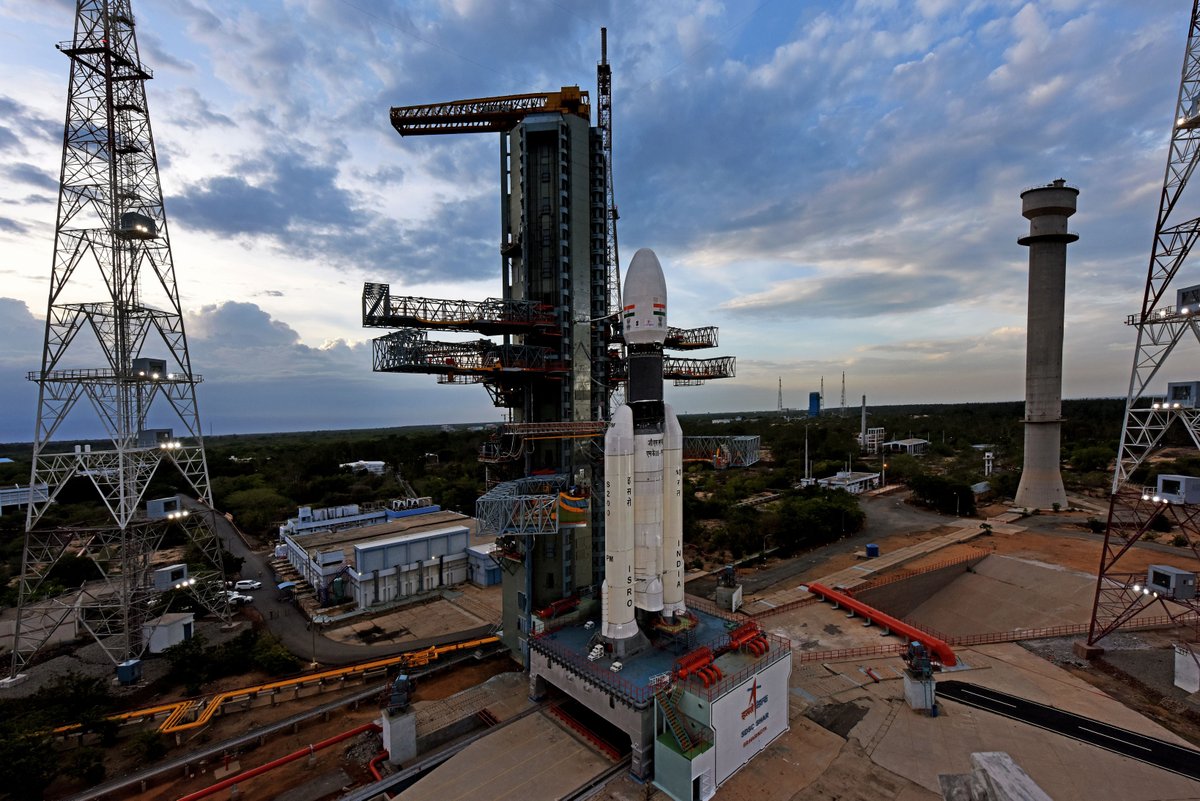
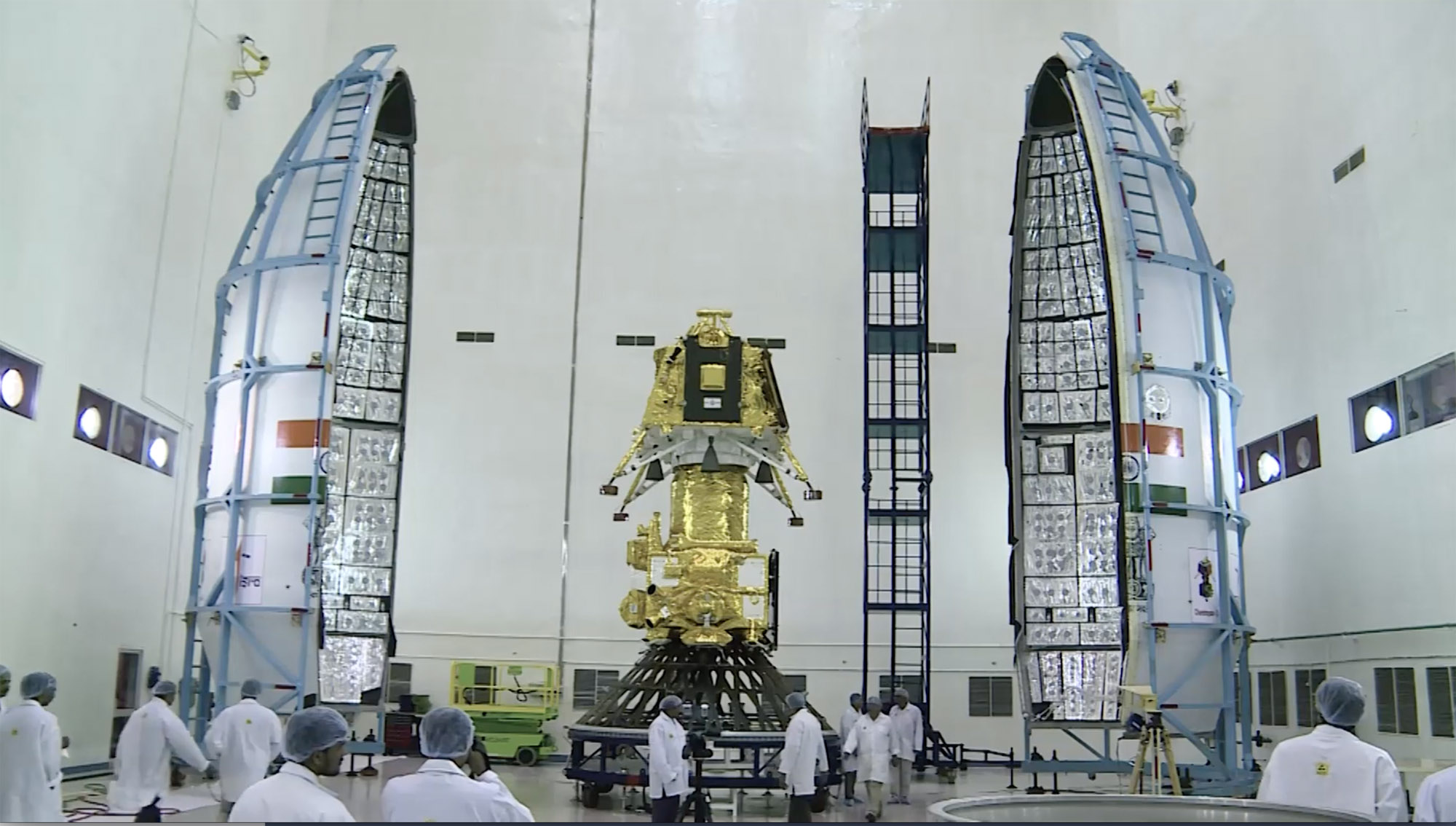
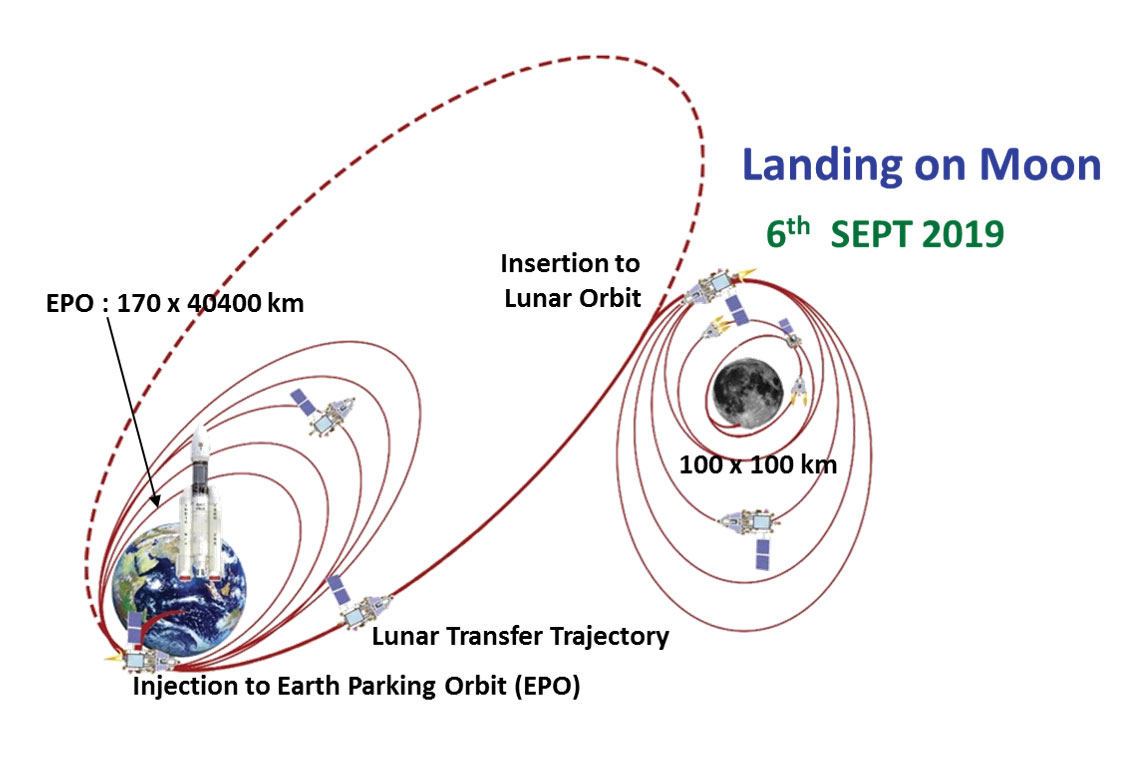
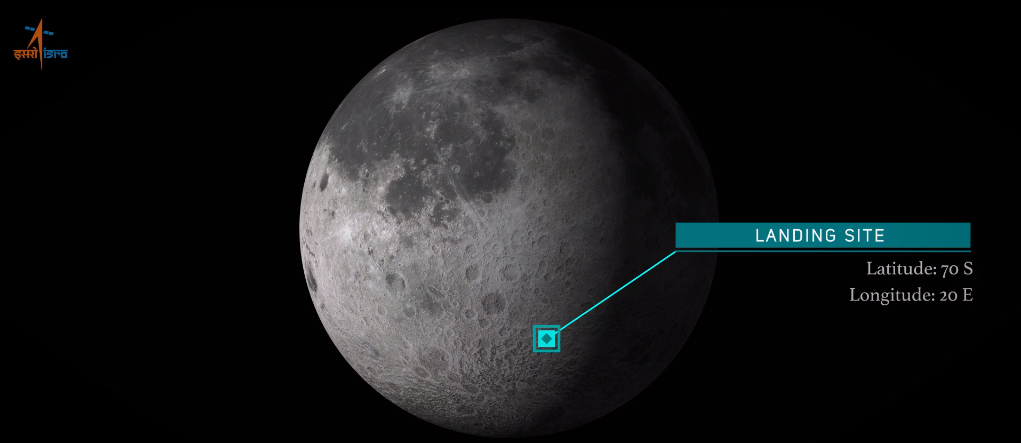
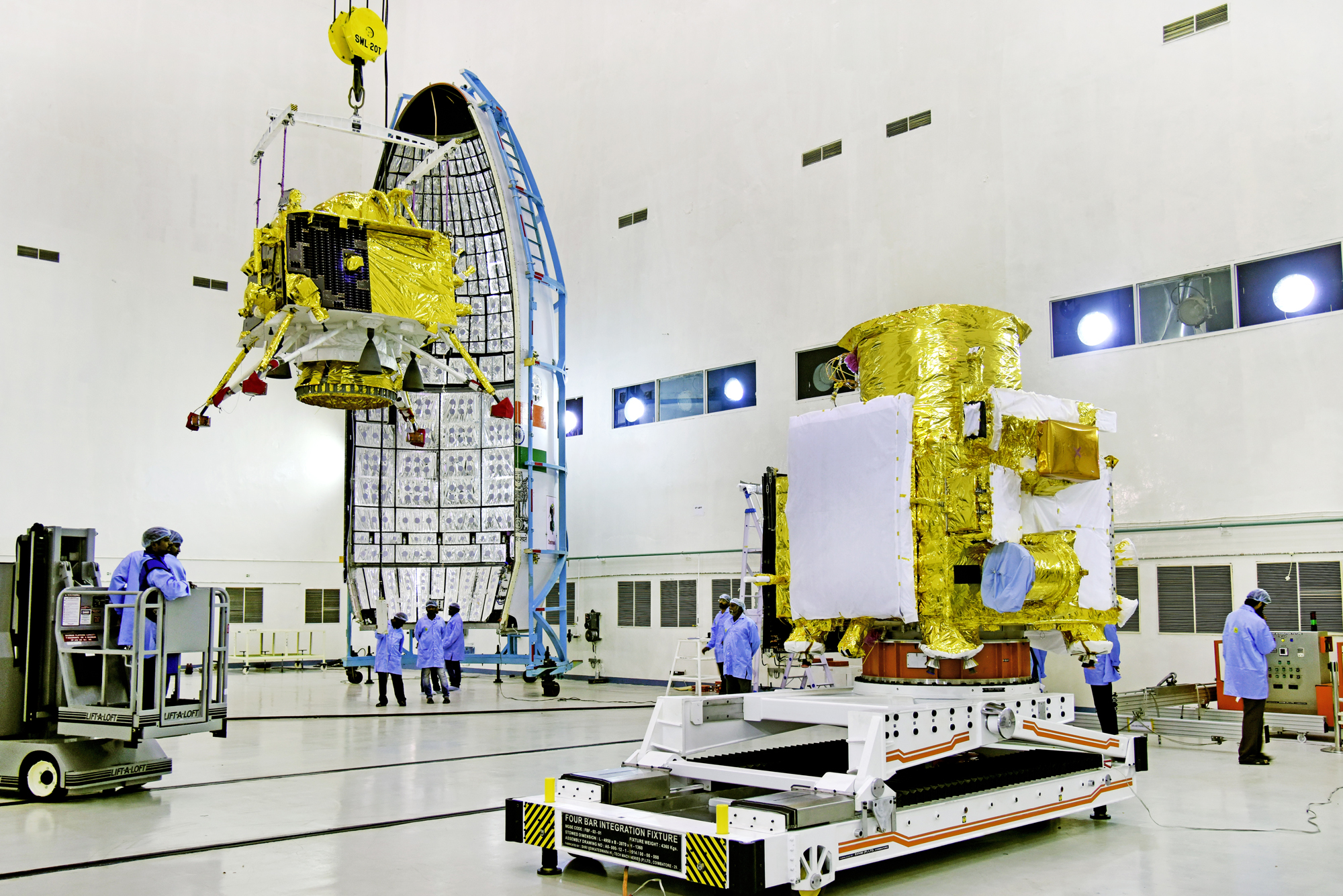
ISRO officials did not clarify if the technical glitch was with the Chandrayaan-2 spacecraft or their rocket, the Geosynchronous Satellite Launch Vehicle Mark III-M1, which is India's most powerful booster.
A technical snag was observed in launch vehicle system at 1 hour before the launch. As a measure of abundant precaution, #Chandrayaan2 launch has been called off for today. Revised launch date will be announced later.July 14, 2019
The $142 million Chandrayaan-2 is India's second lunar mission after the country's success with Chandrayaan-1, an orbiter launched 2008 that helped discovery the presence of water molecules on the moon. The new mission will also use an orbiter to study the moon from above, but will also drop a lander and rover to touch down at the south pole of the moon — something no spacefaring nation has ever done before.
If successful, India would become the fourth country (after the United States, Russia and China) to successfully soft-land a spacecraft on the moon, and the first to reach the lunar south pole. The moon's south pole is a tantalizing target for scientists as the region's permanently shadowed craters can host water ice, a vital resource for future astronauts.
Breaking space news, the latest updates on rocket launches, skywatching events and more!
Editor's note: This story as been updated to include a new comment from the ISRO.
- The 21 Most Marvelous Moon Missions of All Time
- How NASA Scrambled to Add Science Experiment to India's Moon Probe
- ISRO: The Indian Space Research Organization
Email Tariq Malik at tmalik@space.com or follow him @tariqjmalik. Follow us @Spacedotcom and Facebook.

Tariq is the award-winning Editor-in-Chief of Space.com and joined the team in 2001. He covers human spaceflight, as well as skywatching and entertainment. He became Space.com's Editor-in-Chief in 2019. Before joining Space.com, Tariq was a staff reporter for The Los Angeles Times covering education and city beats in La Habra, Fullerton and Huntington Beach. He's a recipient of the 2022 Harry Kolcum Award for excellence in space reporting and the 2025 Space Pioneer Award from the National Space Society. He is an Eagle Scout and Space Camp alum with journalism degrees from the USC and NYU. You can find Tariq at Space.com and as the co-host to the This Week In Space podcast on the TWiT network. To see his latest project, you can follow Tariq on Twitter @tariqjmalik.
